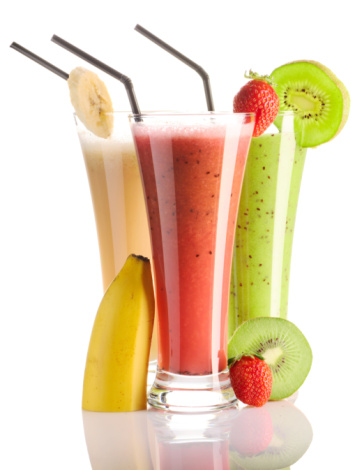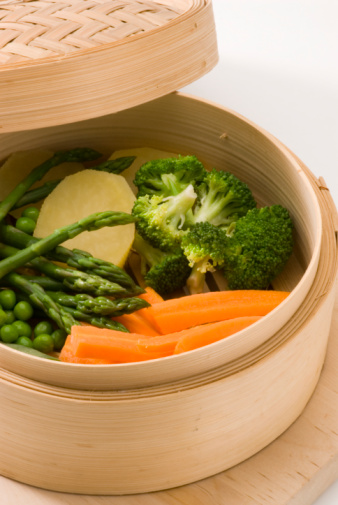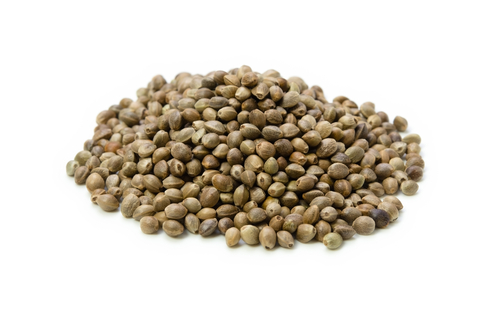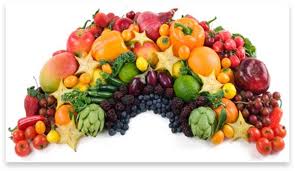14 Power Foods for Fat Burning and Lean Muscle Gaining
14 Power Foods for Fat Burning and Lean Muscle Gaining
Eat these foods every week to boost up the fat burning potential of the body (increase immunity power and digestive wellness, too).
Try to limit or cut out processed foods and high "bad" and trans fat foods that are deep-fried and processed with damaging oils.
Examples of both include white pasta, packaged snacks, crackers (raw and sprouted are fine), cereals, high sugar or artificial sugar ANYTHING that does not come from mother nature (like fruit) and foods that spike and drop insulin without any other added benefits.
There is a very very long and involved list of food additives and common foods that do the opposite of burning fat, but I want this article to highlight all the foods we should be focusing on.
Please read on for some of my favorite metabolism pumping and fat burning power foods!
1. Fish Oil
Reduces inflammation (joints/skin), lower body fat and increases testosterone levels. Aim for 9000mg EPA/DHA per day. Good quality fish oil supplements are great, too.
2. Probiotics
Get both capsules for lower GI and fermented yogurt/live cultures for upper GI. Probiotics are the good bacteria that helps gastrointestinal health, immunity and fat burn.
Be cautious about sugar-laden yogurts.

Aim for 50-100 billion live cultures per serving! My favorites are http://www.inner-eco.com and http://www.biokplus.com/en-us/home.
3. Extra Virgin Olive Oil
Use this powerful food drizzled on foods, and do not cook with it because it will damage its beneficial properties. Instead, use extra virgin coconut oil for cooking/baking.
Extra virgin olive oil has 70% monounsaturated fats that protect against heart diseases and cancer.
4. Seeds, Seeds, Seeds
Flax, chia, hemp, basil, pumpkin, and all sprouted! Seeds provid
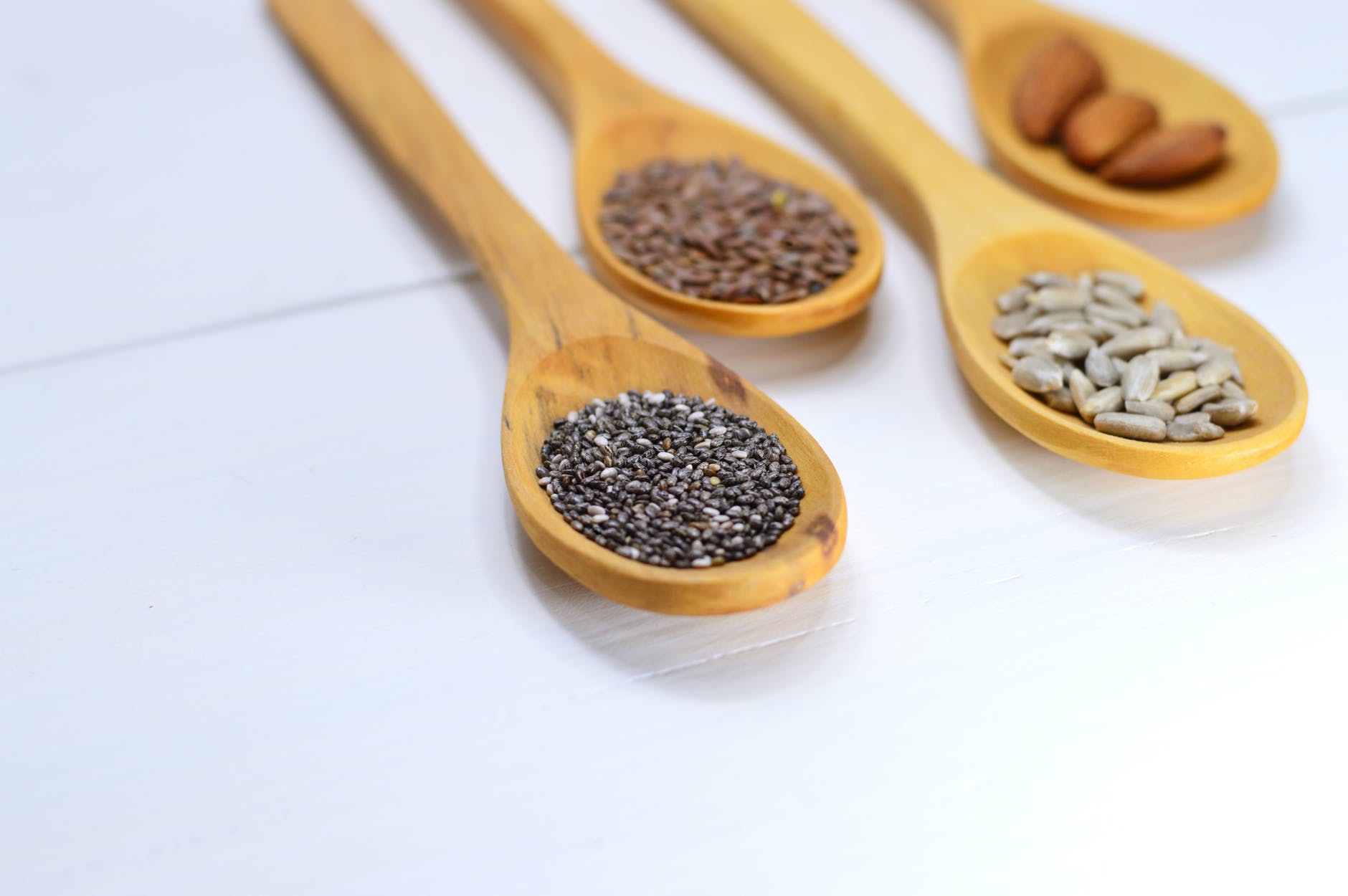
e a vegetarian source of fiber, protein, healthy fats omega-3.
Freshly ground is the way to go and sprinkle them generously on salads, breakfast porridge, smoothies or eat them straight.
5. Dark Leafy Greens and Cruciferous Vegetables and Juices
This is the main staple in my diet and should be for everyone. These special greens are high in cancer-fighting phytochemicals and have immune boosting, free radical zapping power as well as anti-estrogenic indoles.
High in fiber, low in calories, dense in nutrients and helps with intestinal, colon, liver and gallbladder cleansing. Other examples include BokChoy, cauliflower, kale, Brussels Sprouts, broccoli, cabbage, mustard greens, and chard.
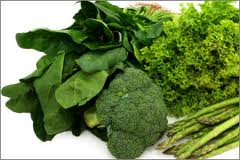
Go green EVERYDAY. You will notice a huge difference in how the lean muscle begins to start becoming visible!!
6. Sprouted Quinoa
Sprouting means that you soak them in a glass mason jar overnight and then cook with them/prepare them after. It allows the foods to be more bio-available and yield more absorbable protein and nutrients.
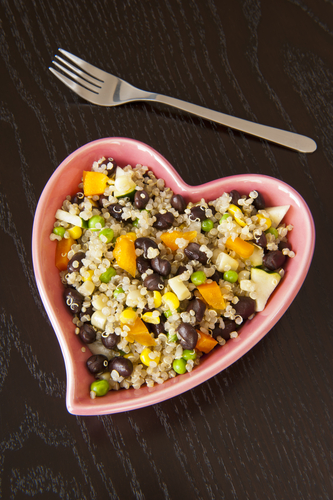
Sprouting grains and nuts is easier for digestion, as well. Quinoa is gluten-free, high in fiber and protein (than rice or oats) and is great for breakfast, lunch or dinner (sweet or salty).
7. Filtered, Alkaline Water
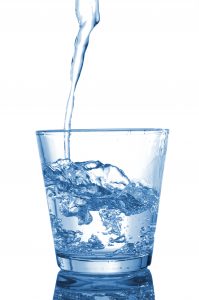
The body needs good, clean and alkaline water to rehydrate the muscles and organs after daily movement and exercise. Drinking according to your activity level and region/environment helps muscle recovery, prevents dehydration and keeps the brain sharp and appetite from spiking drastically.
8. Organic Matcha Green Tea
Grown in the shade and pumped full of chlorophyll, organic matcha green tea, from Japan has 10 times the antioxidant as typical Asian green tea. It will not leave you crashing after a caffeine high, for it slowly releases the caffeine for hours and is much gentler on the body and GI system.

Studies report that matcha green tea boosts fat loss, prevents cancer and improves blood sugar and circulation.
9. Avocados
"Avocados contain glutathione, one of the most potent antioxidants and disease-fighting agents available.
Studies show that people sustain their nutrition program longer and have greater weight loss when on a diet that contains about 30 percent healthy monounsaturated fat, like those in avocados, rather than a low-fat diet.

This is because fats, when eaten in the proper balance with carbohydrates, can help to slow the release of sugars into the bloodstream, thereby triggering less insulin release. Insulin is basically the hormone that instructs the body to store energy as fat while preventing the use of stored energy, making it a dieter's nemesis if levels are too high." (Source: livestyle.ca.msn.com)
10. Lecithin
Not just for hair and skin health, lecithin helps the body break down and dispose of bad LDL cholesterol and fats through the bloodstream to help prevent clogged arteries.
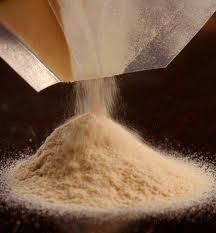
Because lecithin plays a role in moving fats and cholesterol out of the body, it may support liver health by preventing the accumulation of fat in the liver and fat from the body. Use as a supplement in smoothies and drinks.
11. Grapefruit
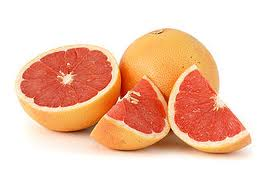
Picked ripe off the tree, grapefruit lowers insulin, regulates blood sugar and metabolism. Eat the fleshy white membranes, too! It has most of the nutrients packed in them!
12. Sprouted Almonds
High in good fats, sprouted almonds are alkaline, good for almost all types of people, has fiber, protein, helps to build muscle and reduce cravings.
13. Whey Protein or Rice Bran Amino Acids
Both reduce insulin, blood pressure, helps to repair tissues, develop and build muscle and reduces short-term food intake.

According to research done at the University of Toronto and published in the Journal of American College of Nutrition, whey protein has potential as a functional food component to contribute to the regulation of body weight by providing satiety signals that affect both short-term and long-term food intake regulation.
14. Tarragon
When people use tarragon in their daily food routine, they tend to use less salt. Sodium, though is needed in small amounts, causes people to retain water. By consuming less sodium people are making a healthier choice that will also help you avoid weight and size differences with excess fluids.

Additionally, tarragon adds more flavor without adding calories or worse, fat. When people choose to eat the healthier options, they are less likely to crave and grab unhealthy, high fat and high salt foods.
Sources: naturalhealthsherpa.com, stronglifts.com, bodybuilding.com, chatalaine.com, self.com, health.com

